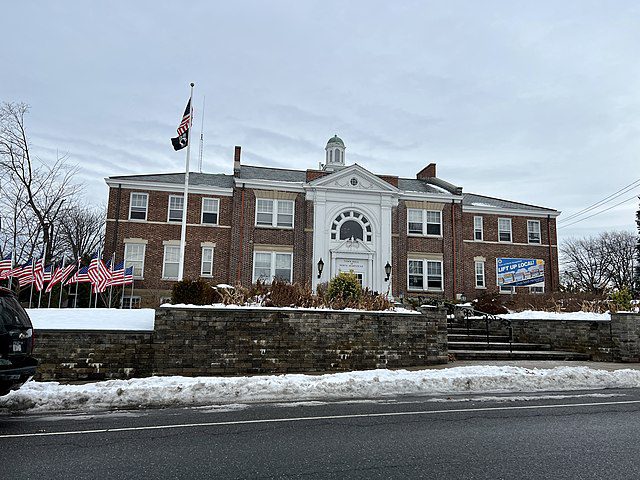
Poverty on Long Island should be defined as twice the federal government’s standard, based on $55,500 for a family of four, which means about 20% of Long Islanders are in fact poor, a new study says.
The Suffolk County Legislator’s Welfare to Work Commission published “Still Struggling in Suburbia: The Unmet Challenges of Poverty in Suffolk County” on Dec. 8. The report says federal poverty standards misrepresent the economic situation for Nassau and Suffolk County residents.
“Using the woefully inadequate 2022 Federal Poverty Level definition of poverty ($27,750 for a family of four), only about 6% of Long Islanders are poor,” the report says. “But due to our high cost-of-living, exacerbated in 2022 by the 8.5% inflation rate, the true definition of poverty on Long Island should be twice the federal government’s definition, or $55,500 for a family of four, in which case about 20% of Long Islanders are poor.”
The report is based on public hearings and focus groups held from May to November 2022. It describes itself as being framed around strong American historical and cultural prejudices toward the poor.
It cites several structural factors for causing poverty on Long Island. These include a lack of affordable housing, health care disparities, underfunded child care and racially divided suburbs.
“Another structural cause of poverty are racially and class segregated housing patterns that have made Long Island one of the 10 most racially segregated suburbs in the nation,” the report says. “This segregation creates substantially underfunded schools with major discrepancies in services such as lower paid teachers or a lack of guidance counselors, thereby tracking many low-income children – particularly Blacks and Hispanics – into lives of poverty.”
Paule Pachter, president and CEO of Long Island Cares, said that the Emergency Food Assistance Network serves 250,000 Long Islanders in his testimony. He noted that of these people, 79,000 are children who need emergency food aid through the network or their local school district’s free or reduced-price lunch program.
“As of September 2021, both Long Island Cares and Island Harvest together provided 13,612,453 meals to Suffolk County residents,” he said. “These meals equate to the food banks’ providing 104% of the total meals required to feed the hungry in Suffolk. In comparison, during the same period, both food banks provided 119% of the total emergency food required in Nassau County.”
Furthermore, 75,000 of the 250,000 work two to three jobs to meet the cost of living.
Census data reveals the median household income in Nassau County was $126,576 from 2017 to 2021. During this time, the per capita income was $55,763.
(The median household income is the point at which half of all households earn more and half earn less. Total personal income divided by total population equals per capita income.)
It also says that 6.1% of Nassau residents are in poverty, which is below the national average of 11.6%.
Over a fifth (20.8%) of Nassau residents faced “severe housing problems” in 2021, according to Data USA. This declined by 1.45% from 2014 to 2021.






